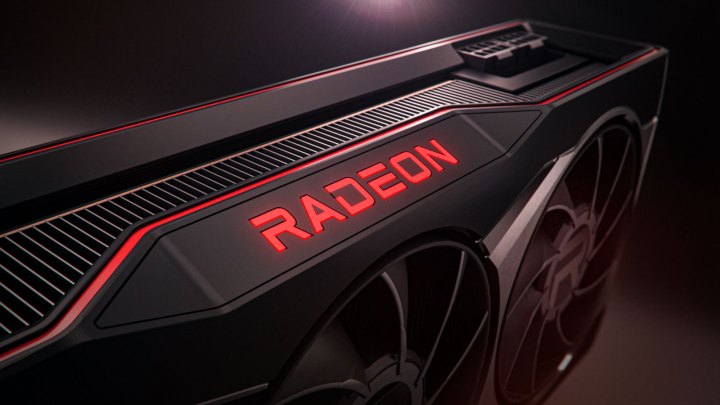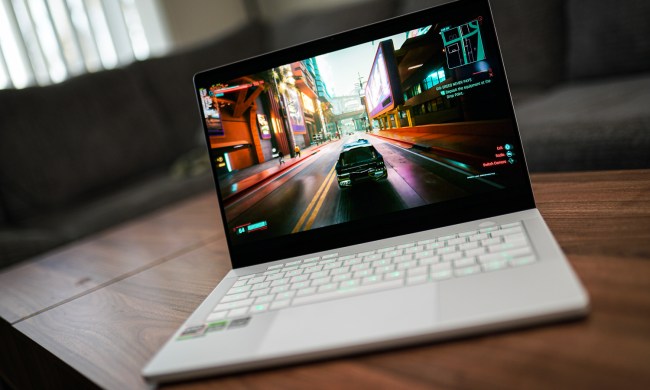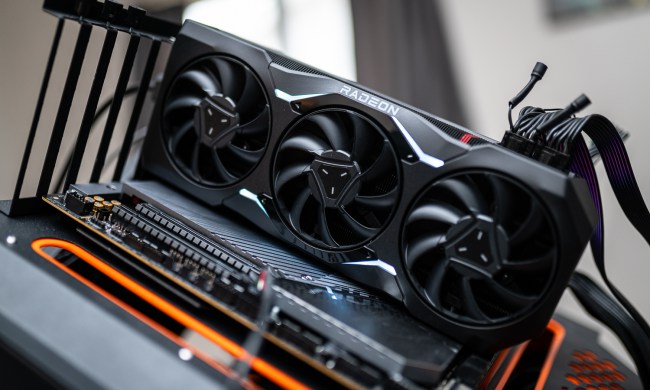AMD’s graphics card market share has become as another casualty of the global pandemic. While gamers may be frustrated that they may not be able to find a modern GPU in stock right now, AMD is also feeling its own share of frustration. The maker of the Radeon graphics cards is finding its market share quickly shrinking, down to just 18% in the last 12 months after being at 27% in the fourth quarter of 2019.
According to a report published by John Peddie Research, the GPU maker’s market share sharply declined by exactly 33.33% year-over-year in the fourth quarter of 2020. This comes at a time when the overall PC market increased 35.76% year-to-year, according to the same report.

These numbers match the market share in a recent Steam Hardware Survey, according to a report on PC Gamer, which states that AMD’s RX 6800 XT registered just 0.74% in the survey when compared to the competing NVIDIA GeForce RTX 3080.
Unfortunately, for AMD, the decline in market share comes at a time when the latest Radeon RX 6000 graphics cards gain features like real-time ray tracing that make them competitive against Nvidia’s GeForce RTX 3000 series and when PC shipments are actually increasing due to work-from-home mandates as a result of the ongoing COVID-19 pandemic, the authors of the report noted. Early reviews of the Radeon RX 6000 have largely been positive, with many praising the GPU’s strong performance.
While interest in powerful PCs for gaming, entertainment, work, and play remain strong, AMD is also facing strong headwinds due to disruptions in the supply chain and component shortages in the semiconductor industry. These shortages are affecting CPUs and GPUs from companies like AMD, Intel, and Nvidia.
Most recently, Nvidia advised that the shortages could linger through the first quarter of this year, while AMD predicted that ongoing supply-side issues could mean that GPUs remain in short supply through the first half of the year. In addition to creatives, professionals, and gamers, modern and powerful graphics cards are also appealing to cryptocurrency miners, with some investing in expensive GPU rigs to earn big returns on Ethereum mining.
In addition to PC graphics cards, AMD’s GPU architecture is also found on the latest gaming consoles from Microsoft and Sony. The GPU shortage means that supplies for both the Xbox Series X and PlayStation 5 are extremely limited right now, and restocks at major retailers quickly sell out in little time. For gamers looking to stay entertained during the pandemic, your best bet is to stay patient and constantly check with your favorite retailer if you’re interested in AMD’s silicon.



